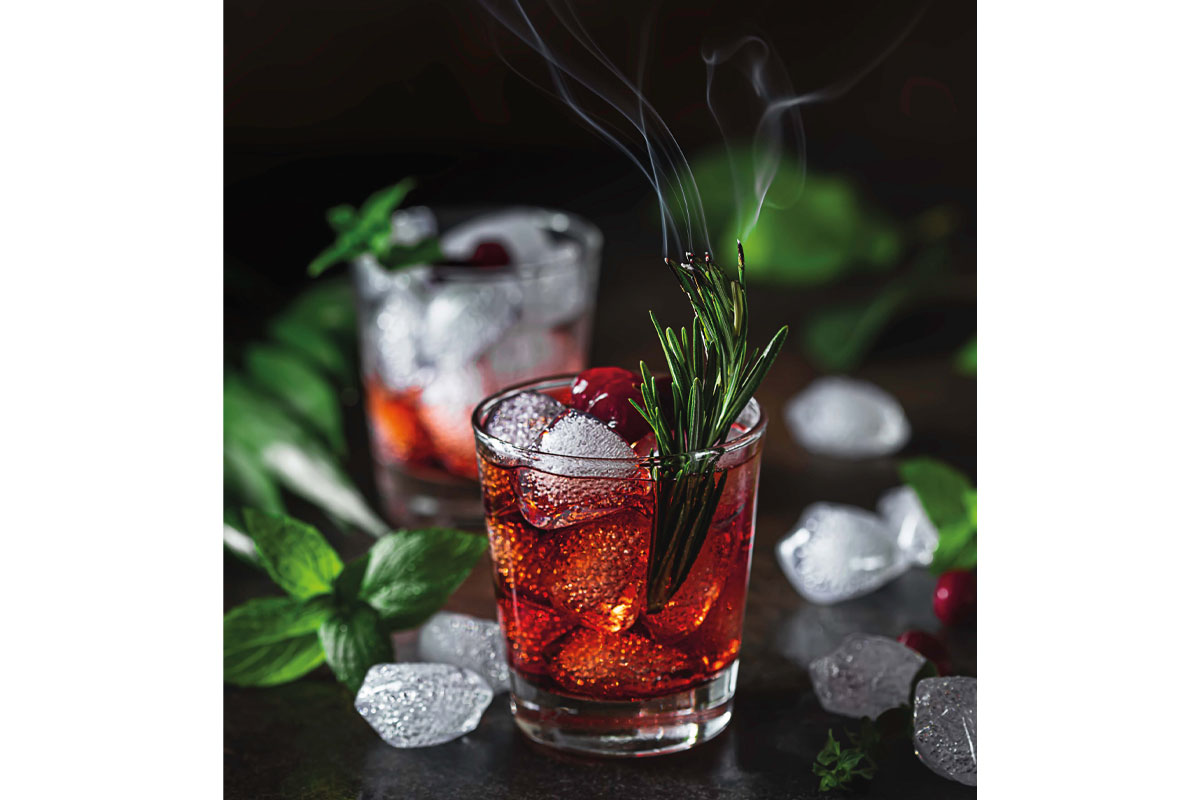From cocktails to shots and spritzes, liqueurs cover a lot of ground

LIQUEURS have long been one of the most versatile types of drink in Scotland’s bars and pubs, ranging from those sipped neat or over ice to popular cocktail ingredients or shots.
In more recent years the category has evolved further, with gin liqueurs emerging from the booming gin sector to become a force in their own right.
In fact, Edinburgh Gin parent company Ian Macleod Distillers reported that gin liqueurs now account for £9.1 million in sales through the Scottish on-trade, saying value increased by more than 200% in the year to April.
“Over 50% of Scottish on-trade outlets stock a gin liqueur range and Scotland has the fastest rate of sale for gin liqueurs within the whole UK,” said Johna Penman, the company’s UK trade and consumer marketing director.
A spokeswoman for distributor Mangrove, which counts liqueur brands Amaro Montenegro, Espirit de Figues and Limoncello Di Capri among its portfolio, said the category has been reinvigorated by the popularity of cocktails.
“For too long liqueurs were the forgotten drinks, gathering dust at the back of a cabinet,” she said.
“But that’s all changed as liqueurs make great bases for so many cocktails and as we all know cocktails are so ‘in’.
“Consumers are now keen to experiment with innovative liqueurs and flavours.”
And a spokeswoman for liqueur brand Disaronno advised stocking “a range of liqueurs, from classics to newer introductions, in order to give customers a choice to suit their mood and allow them to try new products within cocktails which cannot easily be replicated at home”.
As with any cocktail range, seasonality will play a role in how people are drinking liqueurs in licensed premises, with Penman at Ian Macleod Distillers stating that two in five pub customers will change their cocktail choice based on the time of year.
“Therefore having a range of liqueurs which meet all consumer needs and occasions is critical,” she said.
Emilie Giffard, sales and brand development manager for north Europe at liqueurs brand Giffard, said liqueurs are well suited to changing cocktails throughout the year as they have “the power to adapt a classic serve” and provide “the opportunity to offer seasonal serves with very low wastage”.
In the summer months, spritz serves have been proving particularly popular, according to Mangrove.
The company’s spokeswoman said: “Spritzes are the new big drink for summer 2022.
“Quick and easy to make, without lots of shaking and combining ingredients, it’s what consumers are demanding.
“Spritzes are generally made from a liqueur base with tonic or Prosecco added.”
And Jonathan Dennys, head of trade marketing at Mast-Jägermeister UK, said coffee flavours have also been proving increasingly popular with customers, with one in four cocktails served in the on-trade now coffee-flavoured.
He said coffee is a flavour “that continues to grow in popularity, with the eruption of cold brew coffee a few years ago”.
“Operators can capitalise on this trend and incorporate the flavour into their liqueurs offering, through either a shot serve or in the cocktail menu,” said Dennys.
More broadly, Dennys reckoned the trend towards premium products is likely to continue to impact on the liqueurs category, with customers opting for more upmarket options during visits to pubs and bars.
“Premiumisation is a trend that is continuing to grow as consumers recover from the impact of the pandemic and look to make the most of their nights out,” he said.
“Consumers continue to look for brands that offer a sense of discovery and are becoming more adventurous in their drink choices, stepping outside of their comfort zone to enrich their experience.”
That said, the rising cost of living could well have an impact on some customers’ drinks choices.
But here, too, liqueurs could be well-positioned as a more wallet-friendly option that still maintains quality.
Penman at Ian Macleod Distillers said around 15% of consumers are already seeing their frequency of hospitality visits impacted by price increases.
“Many liqueurs have lower ABVs and can be cost effective solutions to creating drinks and serves that can help consumers manage their spend when enjoying a night out,” said Penman.
“Liqueurs give the option of a premium feel, but at a lower and more desirable cost to the consumer.”
And a robust selection of liqueurs can even help licensees to market their premises, said Penman.
“With digital menus now an important factor in venue choice for nearly half (46%) of cocktail drinkers, there are opportunities to influence consumers’ purchases ahead of visits via websites and social media,” she said.
“The versatility of liqueurs means that they can play in multiple segments within outlet menus and demonstrate to consumers a depth of choice, flavour and variety of serve available.”



















